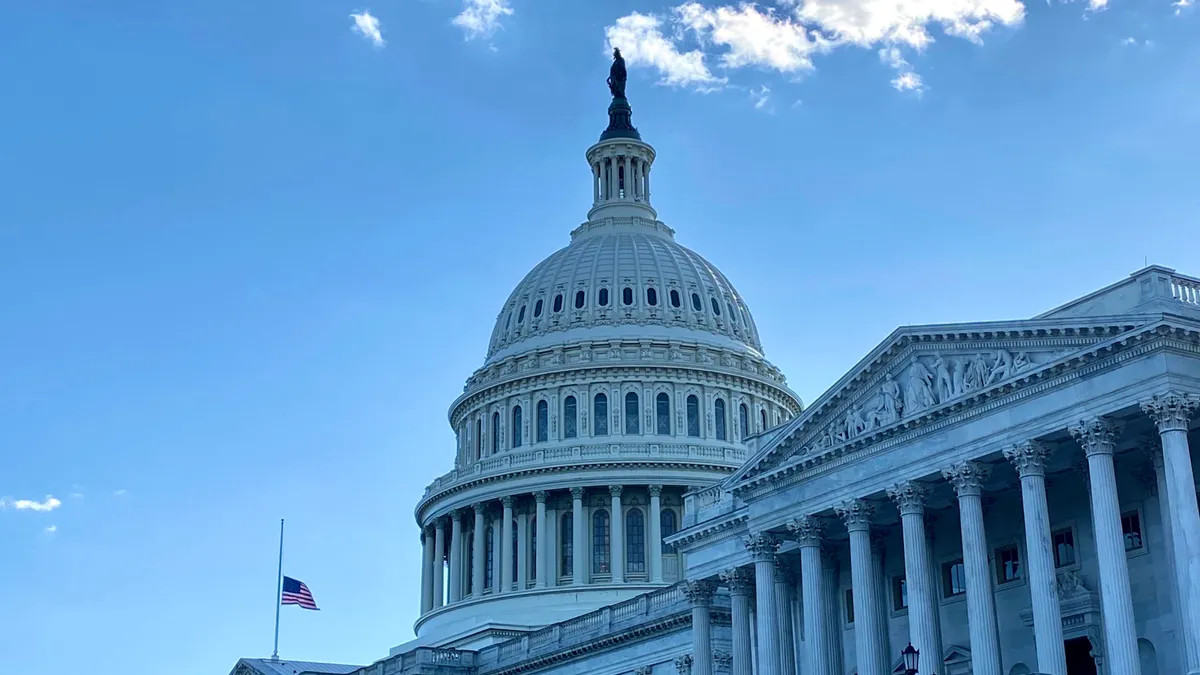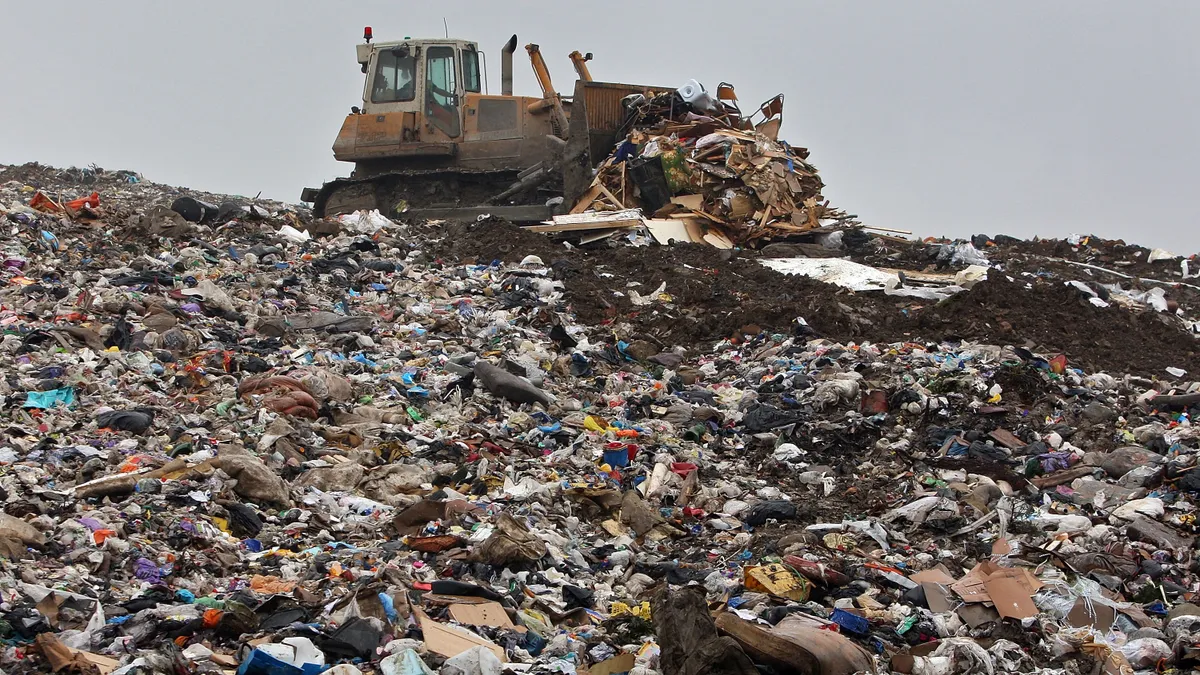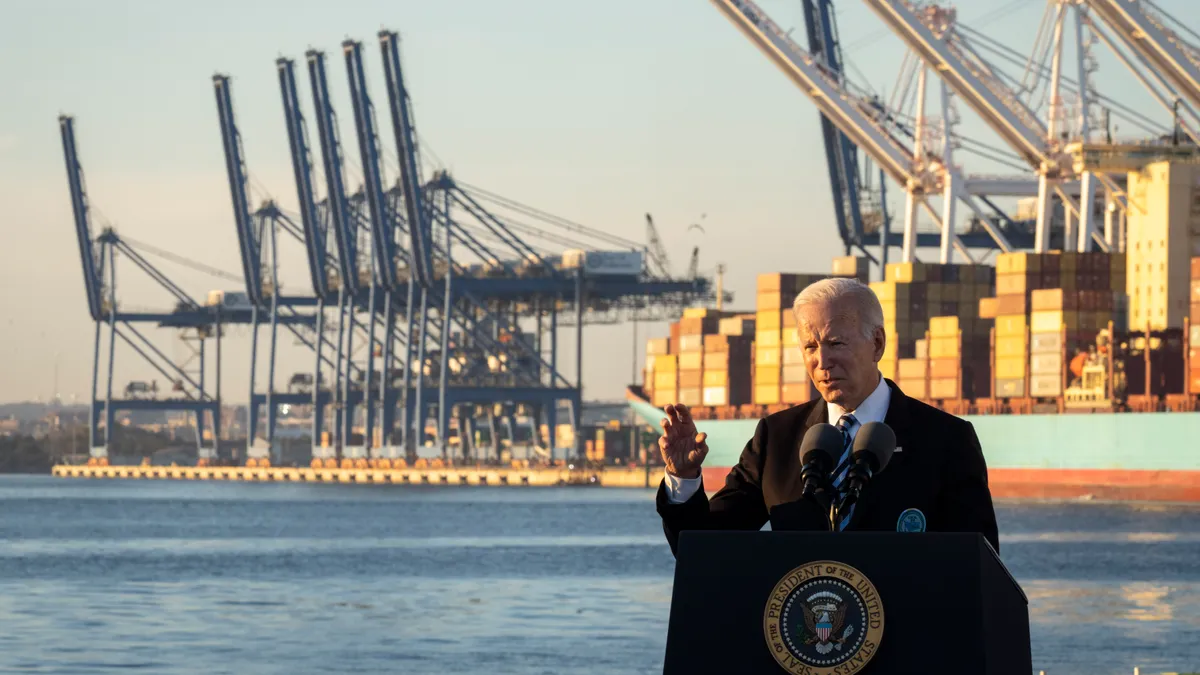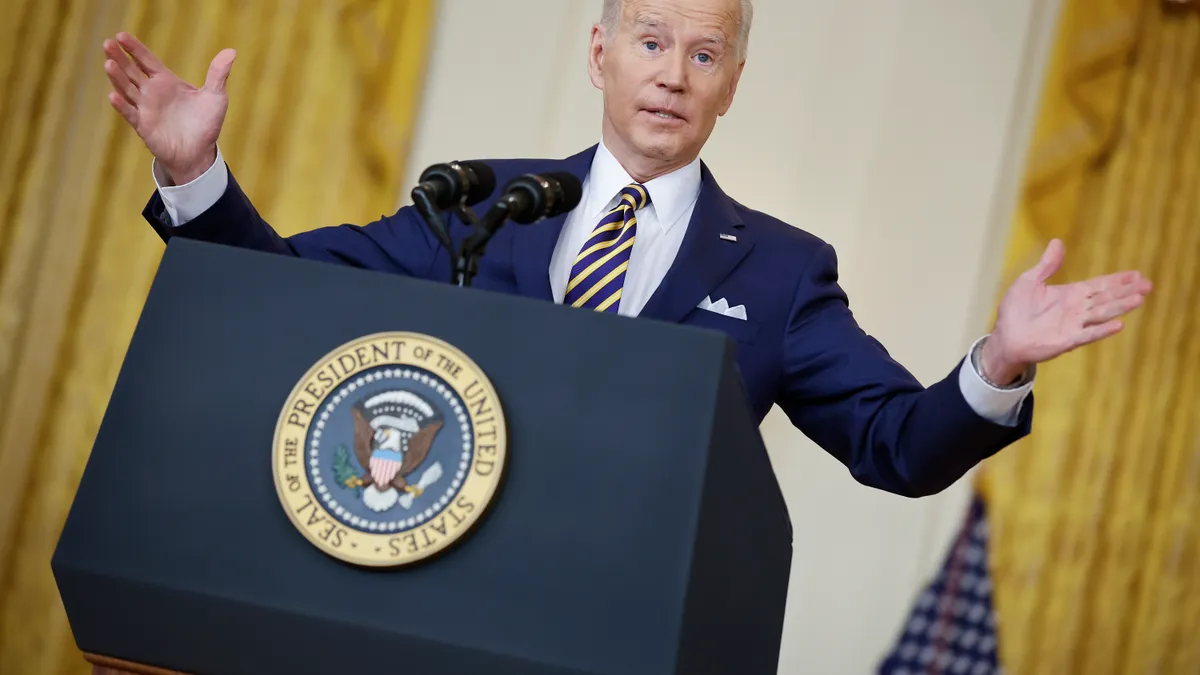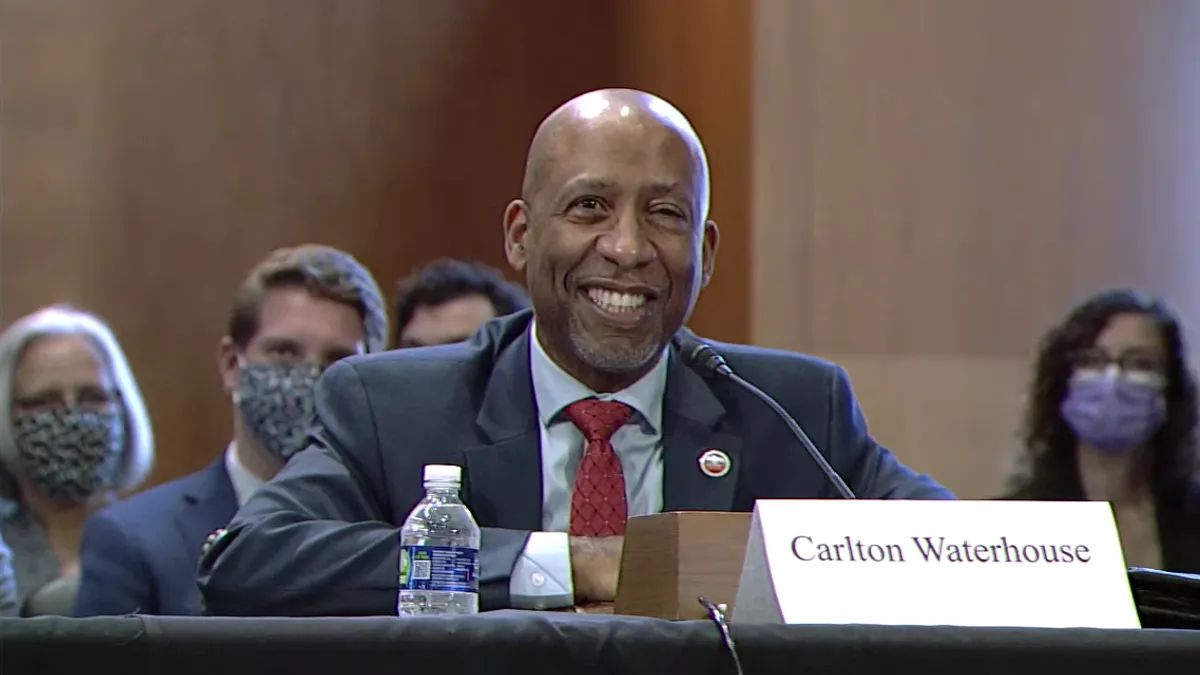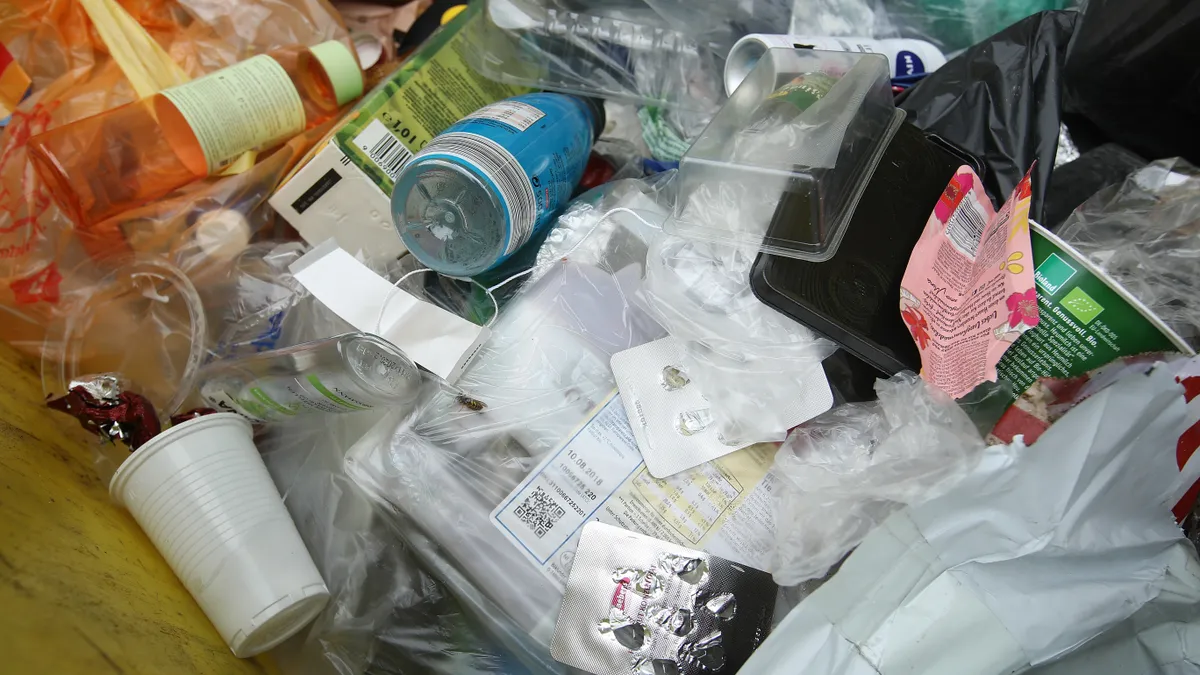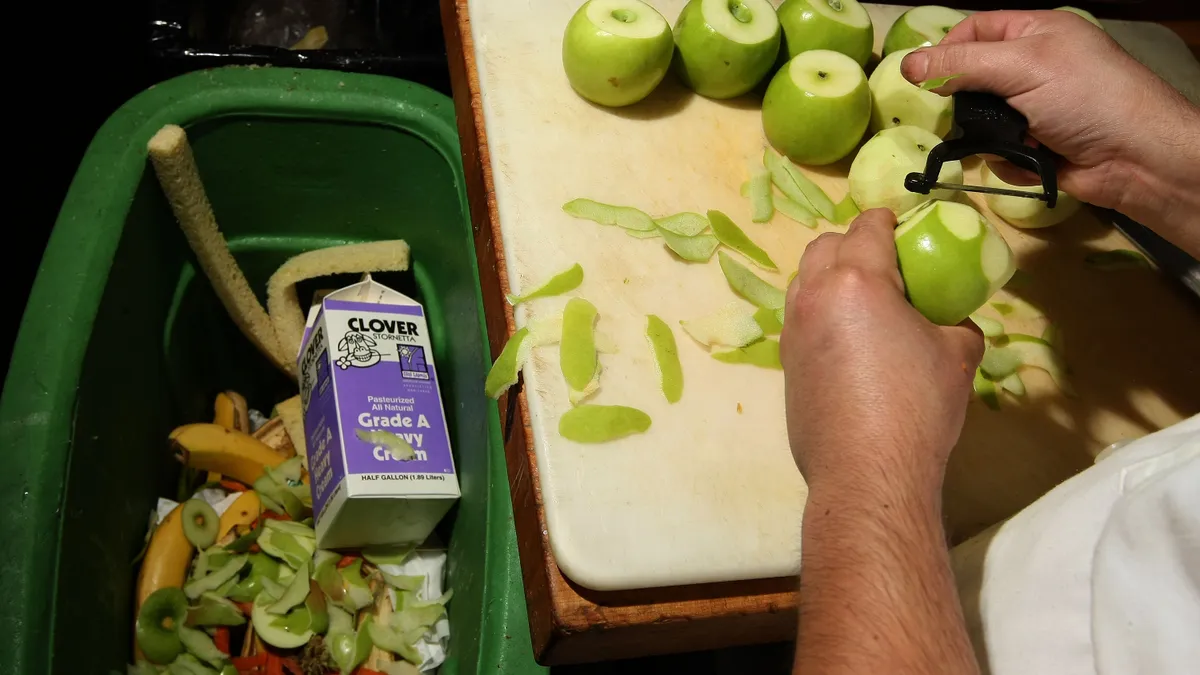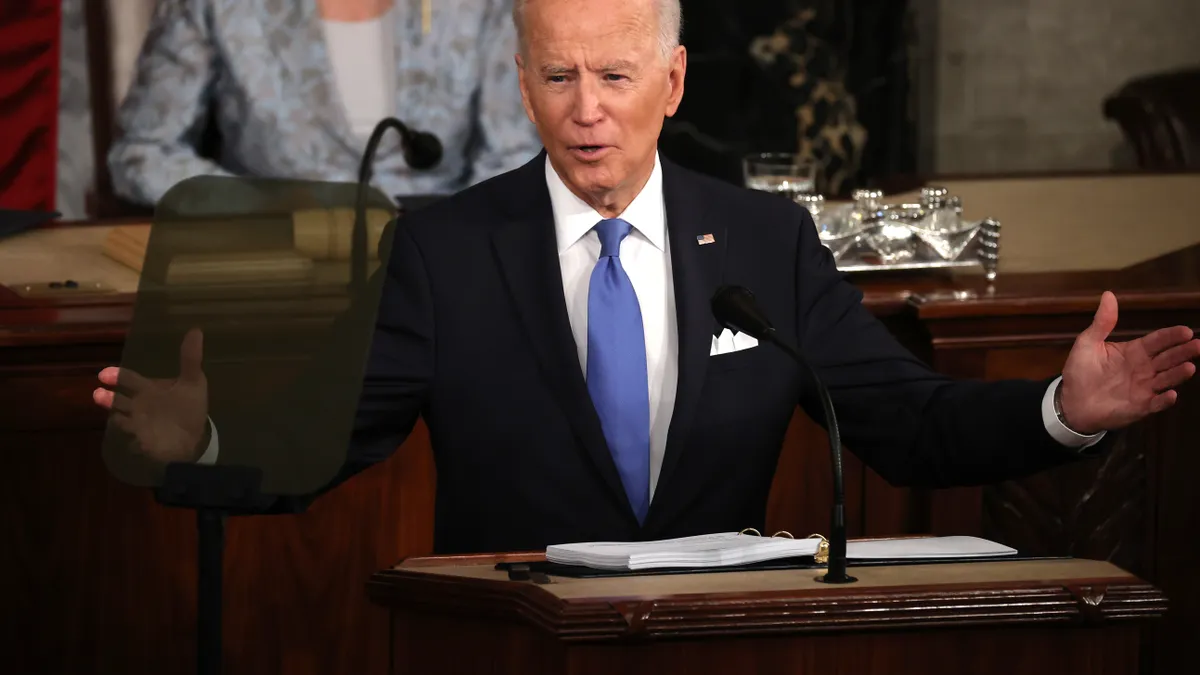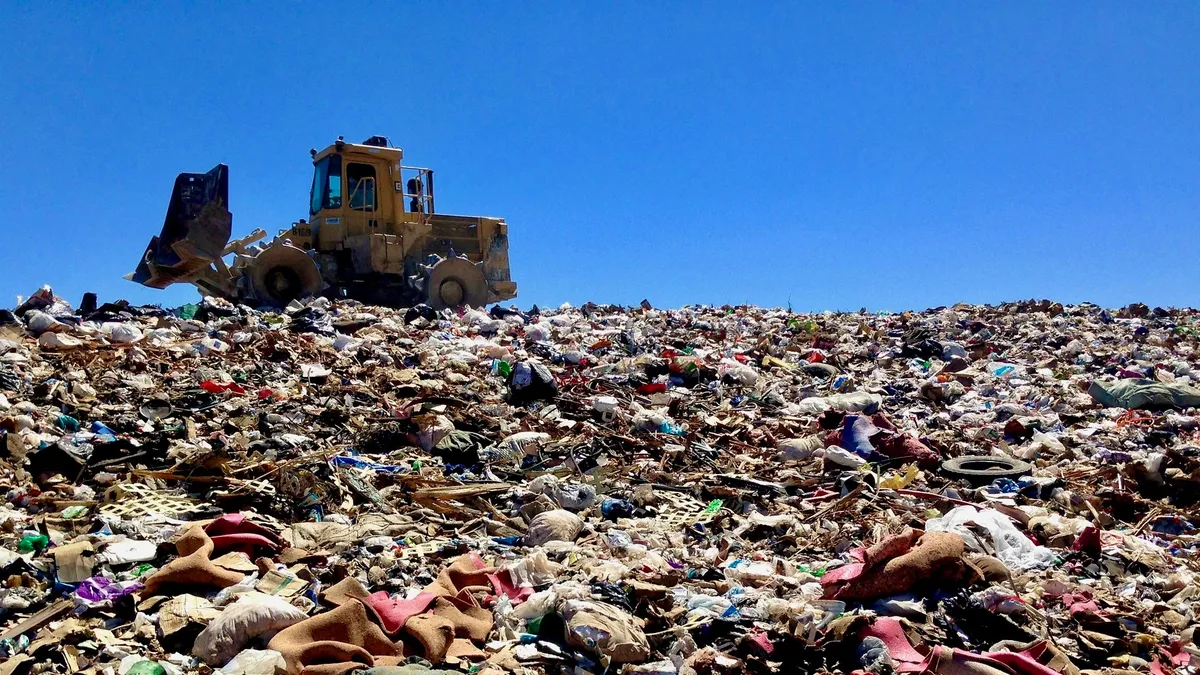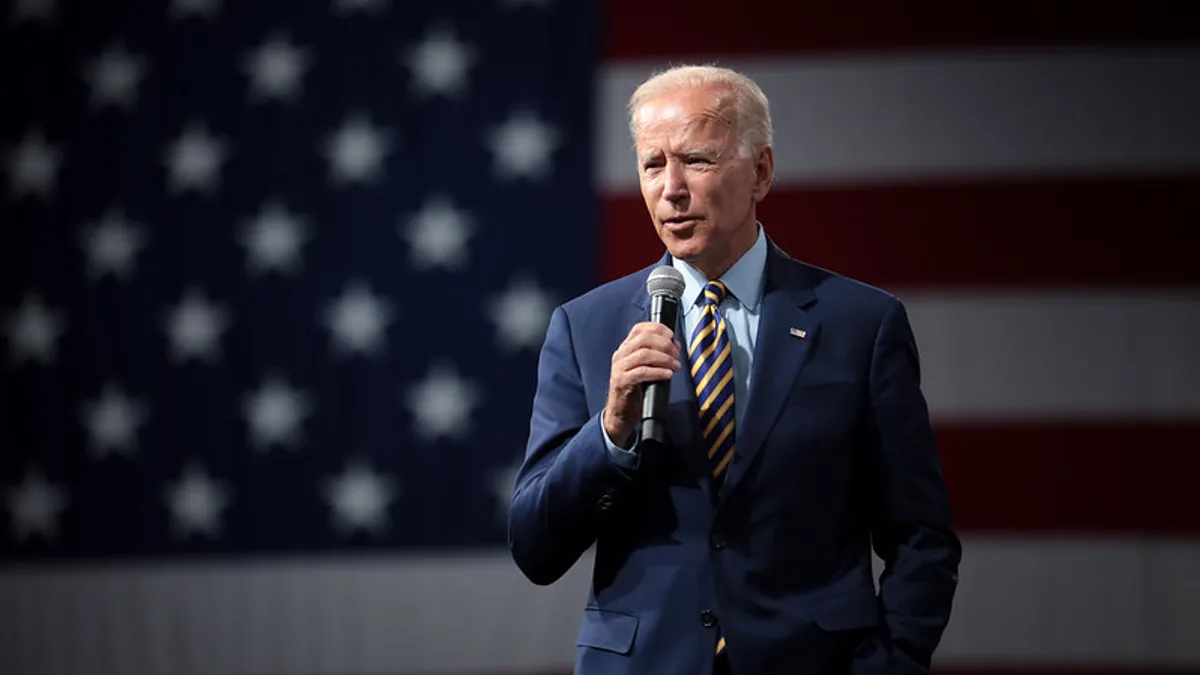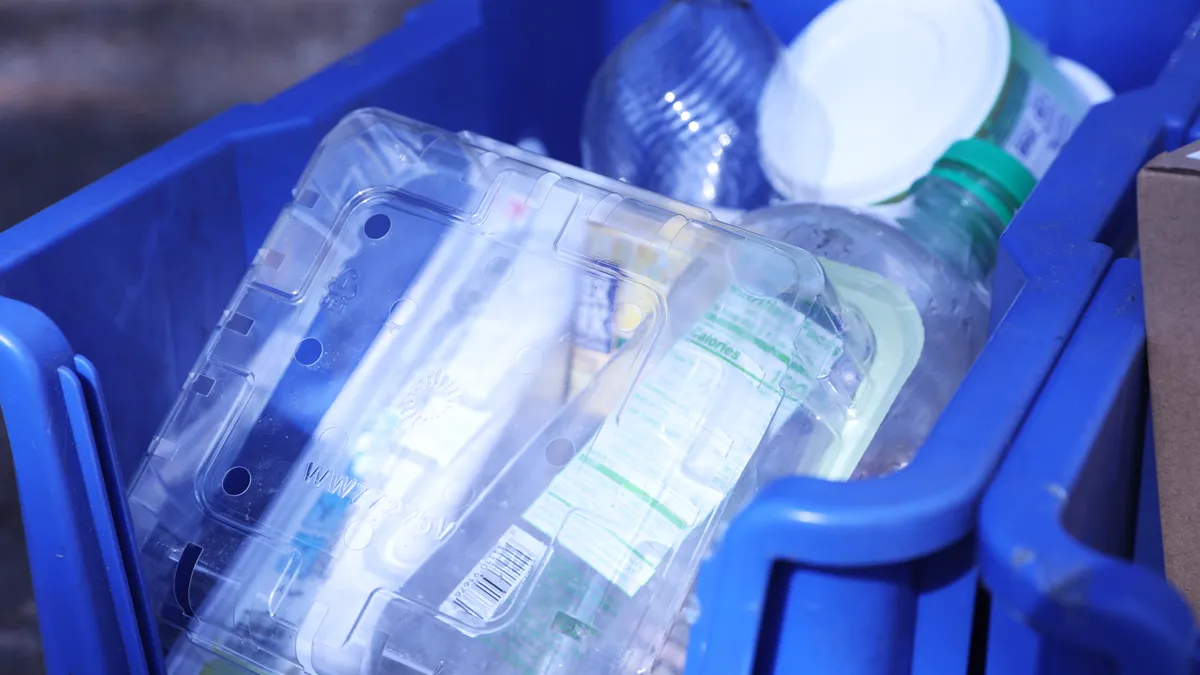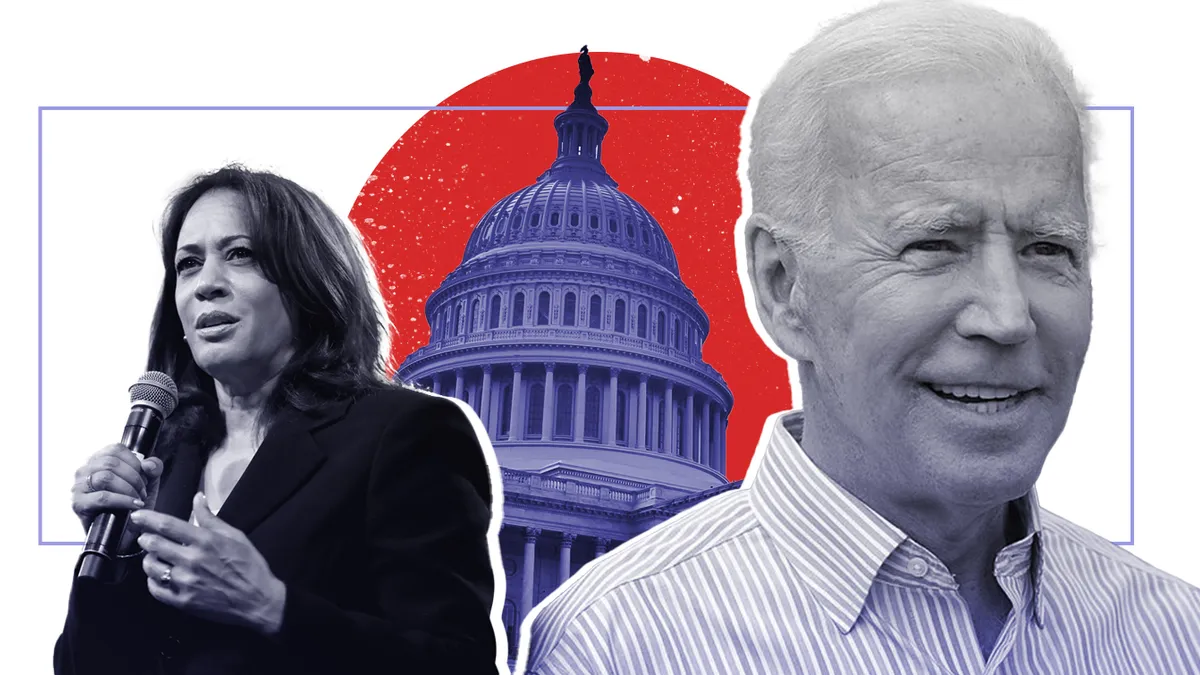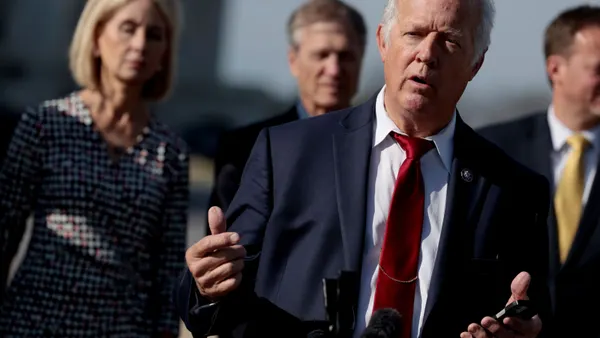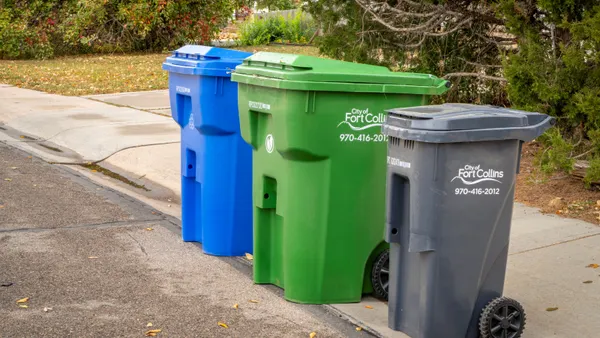The U.S. EPA underscored its new focus on addressing climate change through the lens of the circular economy and environmental justice when it released its National Recycling Strategy on America Recycles Day earlier this week. Carlton Waterhouse, the Biden administration's nominee for EPA assistant administrator of the Office of Land and Emergency Management (OLEM), represents this shift in focus.
Since his nomination, Waterhouse, currently OLEM’s deputy assistant administrator, has become a regular speaker at recycling and waste industry events, calling the industry a "vital" partner in improving climate change. Waterhouse has a background in the work as a former environmental justice lawyer for the agency. He also has been outspoken on how the waste and recycling industries can do more to address environmental justice issues. His confirmation hearing, postponed in October, is expected to be rescheduled soon.
Waterhouse expanded on the importance of taking a circular economy approach to materials management in an interview earlier this week with Waste Dive, highlighting that recycling is just one strategy for creating a truly sustainable country. He also previewed the EPA’s long-term plans to conduct more research and funnel resources into waste reduction efforts, specifically in the areas of food waste, electronics and plastics. He believes the EPA should coordinate efforts with other countries to make a bigger impact on fast-approaching climate goals and said further investment from public and private sources is key to boosting the industry’s ongoing work to make recycling more efficient and effective.
This conversation has been edited for length and clarity.
WASTE DIVE: The National Recycling Strategy is out, and it’s got lots of details on how to achieve the 50% by 2030 recycling goal. When we asked our readers, many of whom work in the waste and recycling industries, what they thought of it, some wondered how such a broad plan would integrate with their lives on a more granular level. How do you think this vision will affect their day-to-day operations?
CARLTON WATERHOUSE: We see this as a first step, so it's a way to initiate the conversation by setting out broader frameworks that we plan to work from. It’s part one of a move toward a circular economy, and in the future we will have a focused strategy on plastics coming out, as well as food waste and electronics strategies.
Some folks have wondered about why we didn't do more around plastics in this particular version. It's really critical that we acknowledge that plastics is such a complicated and important issue. We wanted to make sure we had the time to get it right. And so it will have its own special report that's really sound scientifically.
In terms of how [the National Recycling Strategy] works on the ground, this strategy really means something for folks in the industry because it's calling for an improvement in multiple aspects of the way the industry currently operates. It’s increasing the market for recycled commodities, increasing the demand and the manufacturing of recycled and recyclable products. It’s how we see this recycling industry being supported while also becoming more efficient. It will be more protective of workers, and we also believe it will lead to more jobs.
Combined with what we have from the infrastructure package, we're going to have the financial support, both public and private, that will allow for on-the-ground, real improvements in technology and infrastructure that are essential for maintaining and seeing this recycling industry really grow to be even more effective than it is right now. It also means greater funding for research and development and enhancing the sustainability of products.
You just mentioned the infrastructure bill, which has about $350 million in funding for recycling infrastructure. It’s up to the EPA to now get a lot of these grant programs going. What are the next steps for that?
WATERHOUSE: A lot of the funding that we're given is incremental over a period of years. We have some great programs that are going to be new, off-the-ground programs that have to be designed and developed. So right now we're in that development stage, and we're going to need to hear from partners and stakeholders about ideas and suggestions. We want to work closely with folks in the industry and other groups, like SWANA and others, who are part of this process to help us see the best way forward. That's going to be over a period of months.
This isn’t the first time that the EPA has developed a recycling strategy. I was recently looking back at the 1989 goal called for a 25% recycling rate by 1992, for example. There have obviously been some notable changes since the EPA set that goal, and the 2021 strategy has changed a lot since the draft came out in 2020. How does this strategy build on past goals and ensure they get met?
WATERHOUSE: We have built on top of what’s come before, but there was a more narrowly focused kind of approach to recycling in the prior administration. We wanted to deepen the way we engage in some of the big issues we're facing today. This really plays out in the way we talk about the circular economy, climate change, and the way we're addressing environmental justice and equity and the ability to protect vulnerable communities.
I want to go back to some basics for us. The agency has a very clear approach to nonhazardous materials in the waste management hierarchy: The No. 1 way to deal with them is through source reduction. The fact that we're putting out a recycling strategy doesn't mean that we've decided that source reduction isn't still the top priority. So whether we're talking about plastics, food or electronics or other kinds of materials that are becoming a waste, we need to reduce the amount that is being produced. Period, full stop.
We really want to engage producers to take a greater level of responsibility for thinking about what ultimately happens to their products and thinking about how they can reduce, reuse and recycle those products.
This national strategy’s goals are set for 2030, which will be under a different administration. I'm curious how you think a change in administration could influence some of these long-term goals, especially since these big themes of the circular economy and environmental justice will take years to really start building.
WATERHOUSE: It’s worth noting that the EPA, in moving toward circularity, is not the leader for the world. Europe is already way ahead of us in much of this work, both in terms of research and in terms of engagement and practice. We’re trying to move the agency and help the country move forward in terms of the way we think about circularity. My hope is that any new administration would not want for us to fall further behind where our fellow nations are in terms of the economic significance and environmental consequences and cost of not working toward circularity. So we're hoping what we're doing is building a foundation that all future administrations will continue to build upon in moving the country forward, and doing it in a way that supports sound science and prioritizes people’s lives.
COP26 recently ended, and world leaders there discussed so many aspects of climate change and the environment. I'm curious where you see recycling fitting into that broad conversation, and if there are any points or strategies that you heard during COP26 that the U.S. can learn from.
WATERHOUSE: We can't recycle our way out of the climate crisis. We can't recycle our way out of environmental injustice or ocean pollution that's already here. The truth is that recycling is just a part — but an important part — of the way we move forward to be responsible and good stewards of this earth. I know some folks would like to see this be less of a focus, but the truth of the matter is that until we get to a point where we're not producing waste, it has to be disposed of. The alternatives typically are to incinerate it, landfill it or recycle it.
This fits into other work the EPA is doing to address environmental challenges like greenhouse gas. We know that food waste has a huge impact on greenhouse gas production, along with materials extraction.
Another big priority for you is addressing PFAS contamination, which waste and recycling operators will inevitably need to manage because they do not control which PFAS-containing items enter their facilities. This year the EPA issued its PFAS Strategic Roadmap that laid out deadlines for working on some of these pieces. What’s the next step for PFAS management, particularly in places like landfills, MRFs and other recycling facilities?
WATERHOUSE: As of right now, so much of our work is getting the science right in understanding PFAS, and then moving forward with our research to optimally address disposal and destruction guidance. We can't yet answer the question of how this is going to relate to these types of facilities because we haven't yet worked through all the scientific questions. But what I can say is that we're being thoughtful about the way we approach it. We’re thinking about what's necessary to protect human health in the environment, and we’re being mindful that there are people who are ultimately responsible for producing the PFAS pollution as opposed to those who might find themselves impacted by it.
Environmental justice is another big priority for the administration, and we’re seeing more environmental justice-related laws being passed at the state level. How does the recycling and waste industry become more active in this broader effort beyond complying with new legislation?
WATERHOUSE: We are developing an environmental justice action plan for OLEM, and we'll have projects that are going to speak to how environmental justice fits more squarely into the work that we do in the office. There will be a lot more to come. Justice40 [President Biden’s executive order to deliver 40% of federal agency benefits to disadvantaged communities] is right on the horizon as well.
As for how the industry can participate, [companies] can begin with the way they see themselves as a neighbor. If there's sustainability and resilience action planning going on in their community, are they a part of it and supportive? Are they making sure that there are some public benefits and agreements that are in place with community members that relate to how they are going to be good neighbors in the way they work with the community? Are they creating opportunities for employment for people who live in those communities? Are they mindful of truck traffic during times when children are going and coming home from school? Are they monitoring for fugitive dust emissions? Are they attending to nuisances? These are the kinds of things that I think are really critical as first steps in how they are showing up for the people who live in their communities.
Anything else you’d like to add?
WATERHOUSE: I read some of the press about the National Recycling Strategy and the concerns raised about the fact that we included chemical recycling in the strategy. I just want to point out that we're not commending it in the strategy or recommending it. It’s mentioned as part of the larger conversation we'll have about recycling.
One of the reasons is that we want to pay attention to the science. Right now there's some research out there that suggests chemical recycling, particularly for some work that's being done in Germany and in Europe, that there are some benefits for certain types of chemical recycling. That doesn't mean that we're saying chemical recycling is a panacea or something that we're certain of. We want to hear about what is possible, and after we get more information we'll be able to make a better decision about whether or not it's an appropriate part of the ultimate strategies that we're going to employ.







